OPHTHALMOLOGY
What is ophthalmology?
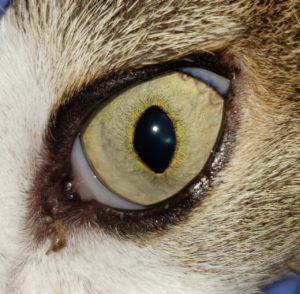
We are pleased to offer the specialty of veterinary ophthalmology to the Edmonton area.
A veterinary ophthalmologist specializes in disease and surgery of the eye and its surrounding structures. Our veterinary ophthalmologists will work with your family veterinarian to provide advanced care for a wide range of ophthalmic diseases. The goal with treatment of ophthalmic disease is to preserve vision when possible and maintain comfort.
Our Team

Vanessa Holly grew up in Sherwood Park, Alberta. She completed a BSc (Biological Sciences, 2010) and MSc (Genetics and Molecular Biology, 2012) from the University of Alberta before graduating with a DVM from the Western College of Veterinary Medicine (WCVM) in 2016. Vanessa stayed at the WCVM for an additional year following graduation to complete an ophthalmology internship and then moved to Calgary, Alberta for a rotating internship at the VCA Calgary Animal Referral and Emergency (C.A.R.E) Centre. She was then accepted into a residency program at the University of Pennsylvania in 2018 and made Philadelphia her home for the next three years. Following completion of her residency program, Vanessa moved back home to Sherwood Park and successfully passed her boards examinations in the summer of 2021.
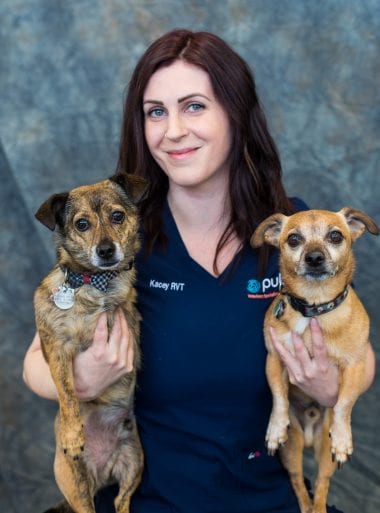
Kacey graduated from the NAIT Animal Health Technology program in 2010 but has been working in the veterinary industry since 2007. She resides with her two dogs, Eddie and Oxy, and her weird little cat Reek. Kacey enjoys the dog parks during her spare time, spending time with friends and family and eating snacks.
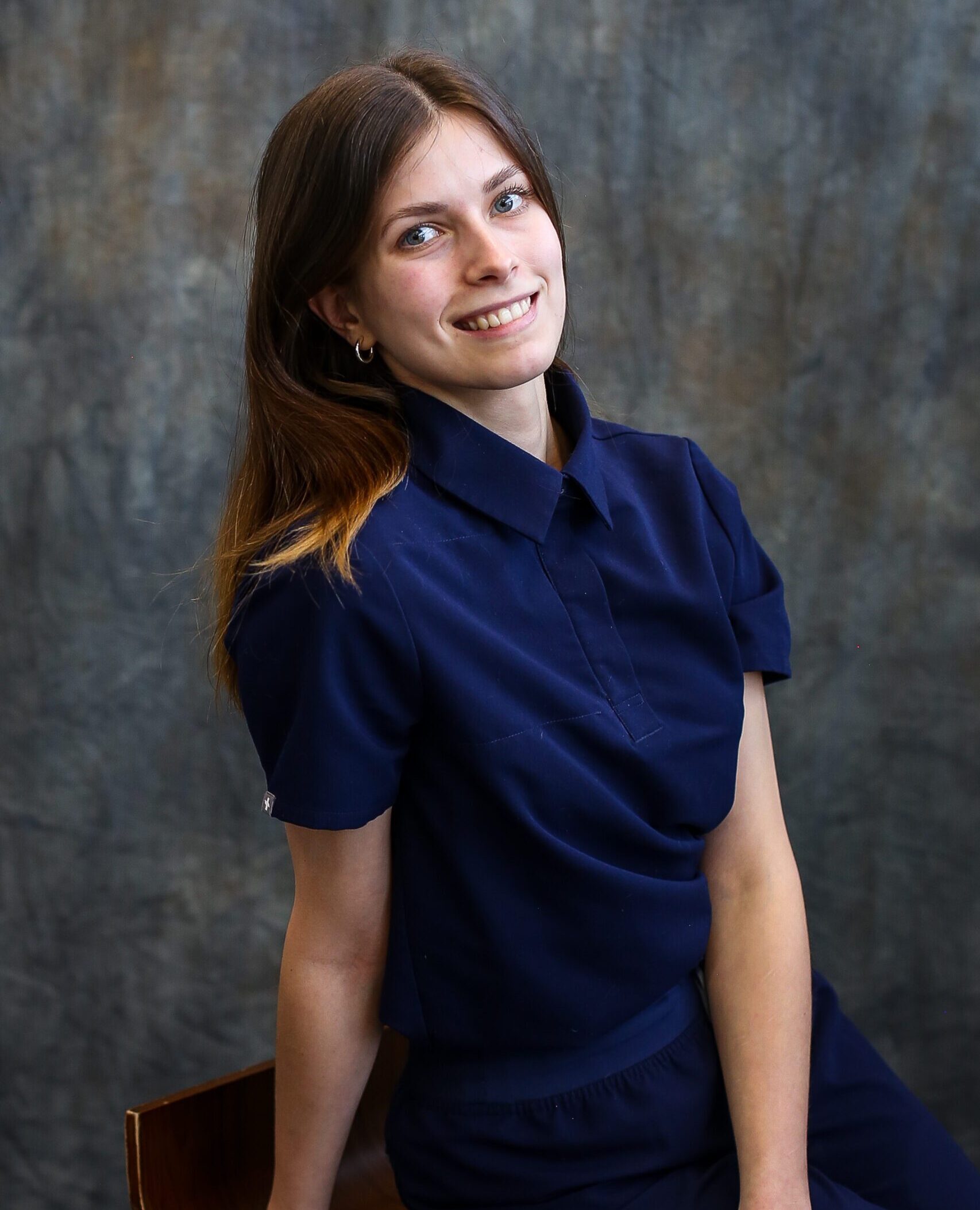
Bio to come
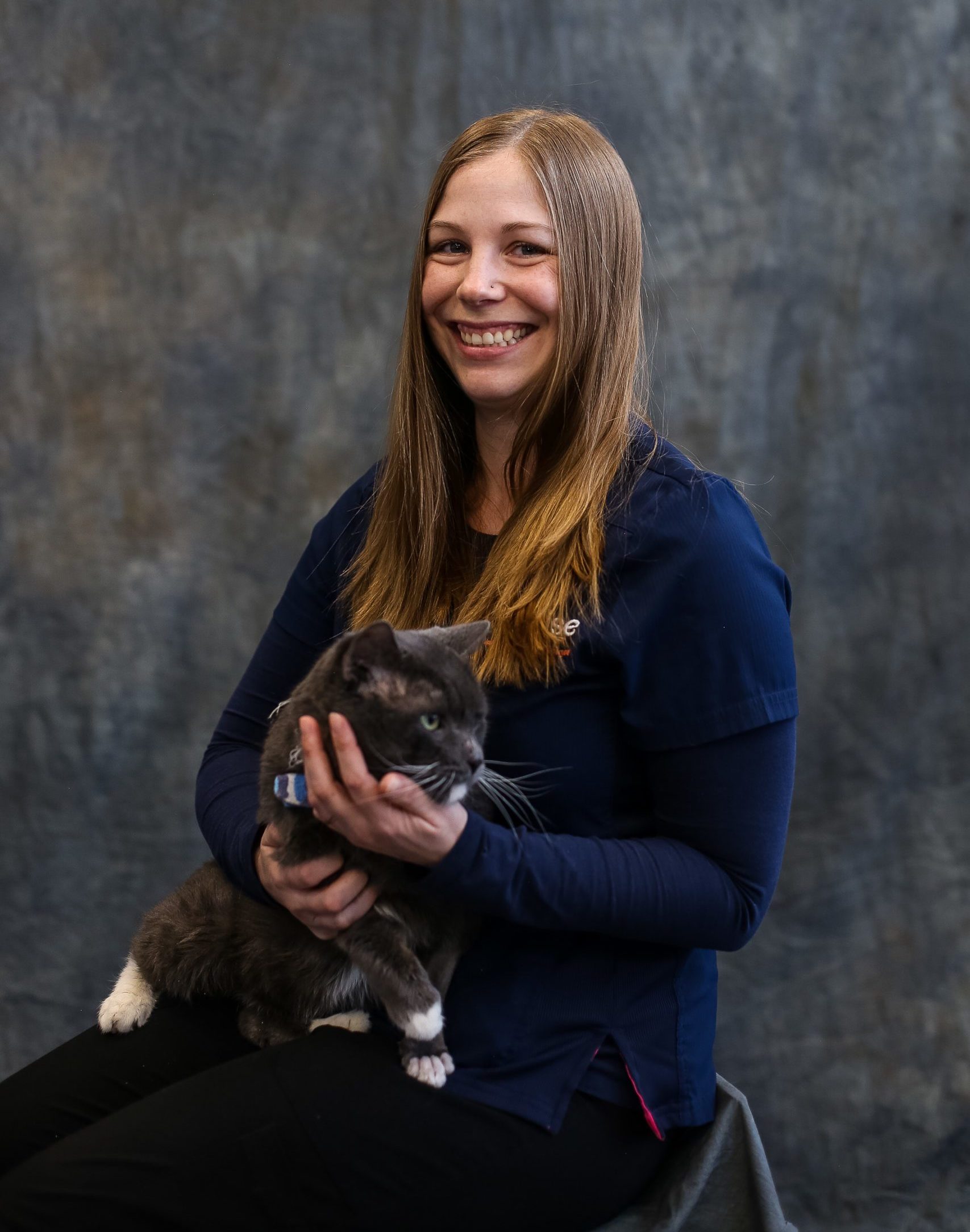
FREQUENTLY ASKED QUESTIONS
A veterinary ophthalmologist has undergone several years of advanced training and mentorship. To become a board-certified ophthalmologist, a veterinarian must complete a minimum of a 1 year internship followed by advanced training in an approved residency program typically of 3-4 years duration. After completion of their residency they attain board-certification status with successful completion of rigorous surgical and written examinations.
Board-certified veterinary ophthalmologists focus on diagnosing and treating diseases of the eye and surrounding structures, which include (but are not limited to):
- Cataracts
- Chronic Superficial Keratitis (“Pannus”)
- Conjunctivitis
- Corneal Ulcers
- Corneal Sequestrum
- Distichia
- Feline Herpesvirus
- Glaucoma
- Ectopic Cilia
- Entropion
- Eyelid Tumors
- Intraocular Tumors
- Keratoconjunctivitis sicca (“Dry Eye”)
- Lens Instability
- Prolapsed gland of the third eyelid (“Cherry Eye”)
- Retinal Disease
- Sudden Vision Loss
- Uveitis
Veterinary ophthalmologists perform a full ocular examination including slit lamp biomicroscopy, indirect ophthalmoscopy, and a neuro-ophthalmic assessment. A complete ophthalmic examination generally also includes fluorescein stain, Schirmer Tear Test, intraocular pressure measurement, and pupillary dilation when safe to perform.
Depending on the patient’s condition, advanced diagnostic testing or surgical treatments may include:
- Breeding certification (OFA) exams
- Cataract surgery
- Corneal ulcer, rupture, and laceration repair
- Diamond burr debridement: treatment for superficial, chronic non-healing corneal ulcers
- Electroretinogram (ERG): electrical testing of the retina to assess retinal function
- Enucleation: surgical removal of the eye to provide comfort in end-stage disease
- Eyelid reconstruction: including removal of eyelid tumors, blepharoplasty procedures to treat entropion, or repair of traumatic lacerations
- Gonioscopy: assessment of the fluid outflow tract of the eye for patients with glaucoma
- Transcleral Cyclophotocoagulation: laser ablation of cells that produce intraocular fluid as treatment for glaucomatous eyes that qualify
- Ocular Ultrasound
- And other procedures when indicated
The majority of patients seen by the ophthalmology service are seen on an outpatient basis. The length of the appointment depends on the patient’s condition and what diagnostics are necessary. Most appointments are approximately 30-45 minutes long.
Undergraduate veterinary students may be a part of the ophthalmology team during your visit. These members of our team are involved in appointments, diagnostic processes, and patient care under the supervision of the ophthalmologist. Their rotation through our service is an important part of their learning so they can learn aspects of ophthalmology and prepare to help other families understand and manage ophthalmic diseases in their family pets.
Patients requiring surgical procedures requiring general anesthesia or advanced imaging (eg. MRI or CT scans) will most often have to be scheduled on a separate date from their initial assessment.
These tests are important part of a complete ophthalmic examination and can vary significantly between visits. Performing these tests allows our veterinary ophthalmologists to accurately diagnose and manage many different types of ocular diseases.
An e-collar is an essential part of recovery following ophthalmic surgery to prevent trauma to the fragile surgical site. Many of our surgical procedures require tiny sutures that can break easily with mild trauma. A hard plastic e-collar that extends past the nose is necessary to prevent your pet from rubbing their eye on other surfaces (eg. pillow, couch), as well as stop pawing and scratching at the eye. We will let you know as soon as it is safe to remove the E-collar after surgery. Most patients will adjust well to the E-collar and are able to eat and drink with it on.
There is no proven medical treatment that can prevent or reverse the formation of cataracts. Surgery is the only treatment that can remove the cataract and restore vision once vision-impairing cataracts form. Cataract surgery is an elective procedure and not all patients are candidates for cataract surgery.
Your family veterinarian can arrange a referral to our ophthalmology service. Referrals will be triaged and scheduled according to the degree of emergency.
We look forward to helping improve your pet’s ocular health and vision!
